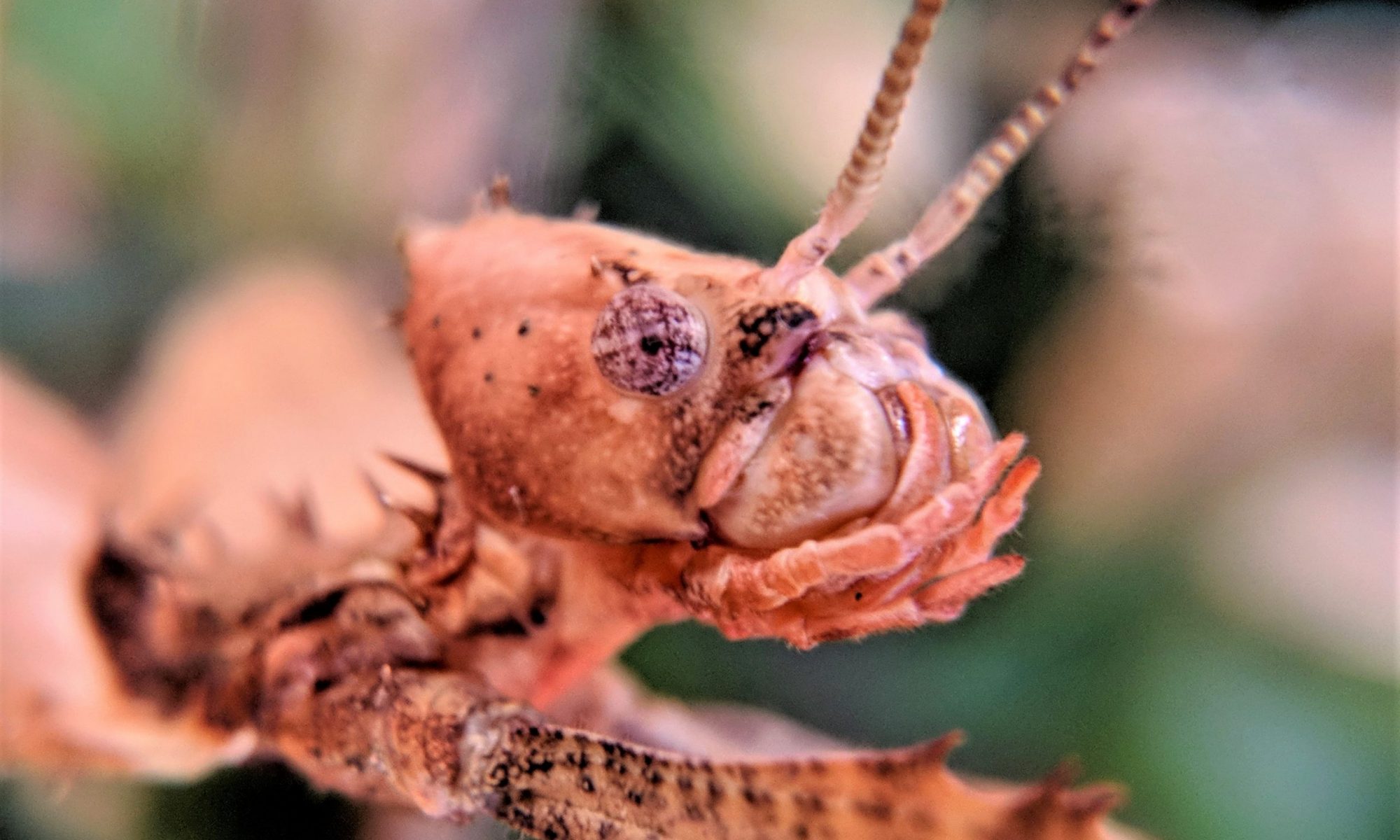I just finished an amazing Scuba dive at Long Reef Sydney. The boat dive was booked specifically to see the Grey Nurse Sharks (Carcharias taurus) and we weren’t disappointed. The current was strong and as I peered over the edge of the rock wall into the gutter I saw at least 7 Grey Nurse Sharks.
As my eyes adjusted I began to see more detail as the sharks swam back and forth along the gutter. I was mesmerised watching this critically endangered species and wondered why these sharks create a panic with so many people. Is it their size, teeth or eyes that make people I speak to uneasy? The Grey Nurse Shark may be large and have a lot of sharp pointy teeth, but are not considered harmful to humans. The Grey Nurse Shark actually feeds on range of fish, other sharks, squids, crabs and lobsters which are pierced with these sharp teeth.
Watch this video to experience what it is like to be in the water with these beautiful animals.
I am always surprised when I tell people I dive, that one of the first responses is aren’t you worried about sharks? I find this strange because finding sharks on a dive is a highlight. Some trips are specifically planned to find sharks.
In the 25 years that I have been diving I have never felt afraid in the water. I show respect to all the marine life and dive to the conditions. I feel privileged to be part of this underwater world, especially when I find a shark.
Sharks I have seen in Sydney Waters
| Grey Nurse Sharks Carcharias taurus | The east coast population is listed as critically endangered | Current threats are believed to include: incidental catch from commercial fisheries, recreational fishing and the bather protection programs |
| Ornate Wobbegong Orectolobus ornatus | Vulnerable | The main threat to the wobbegong continues to be overfishing. |
| Spotted Wobbegong Orectolobus maculatus | Vulnerable | The main threat to the wobbegong continues to be overfishing. |
| Port Jackson Heterodontus portusjacksoni | Listed as Least Concern on the World Conservation Union (IUCN) Red List, the egg cases have very high mortality rates (estimated at 89.1%). | Vulnerable to being caught as bycatch. |
| Dusky Whaler Carcharhinus obscurus | Vulnerable | Extremely susceptible to overfishing. |
Did you know
- Male Grey Nurse Sharks bite females during the courtship process. In the breeding season it is common to see small scars on the females
- Sharks are able to swallow air at the surface of the water in order to give them buoyancy control
- They have large, sharp teeth, but they are not very strong and break easily
- The Grey Nurse Shark was the first protected shark in the world when it was protected under New South Wales legislation in 1984.
How you can help
- Remove any rubbish or fishing gear that you see in the water or on the beach
- Refrain from fishing in Grey Nurse Shark areas
- If diving, report any tagged Grey Nurse Sharks
- Learn more about threatened species and their habitats.

